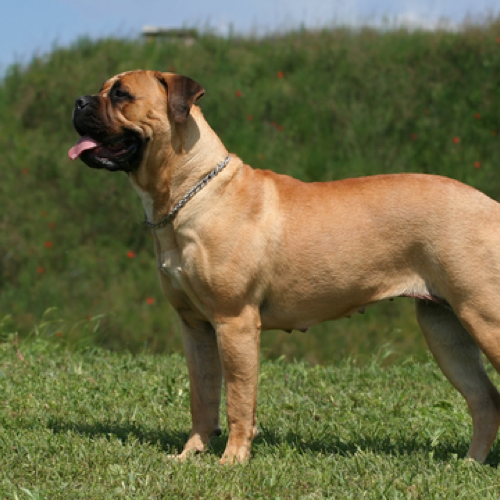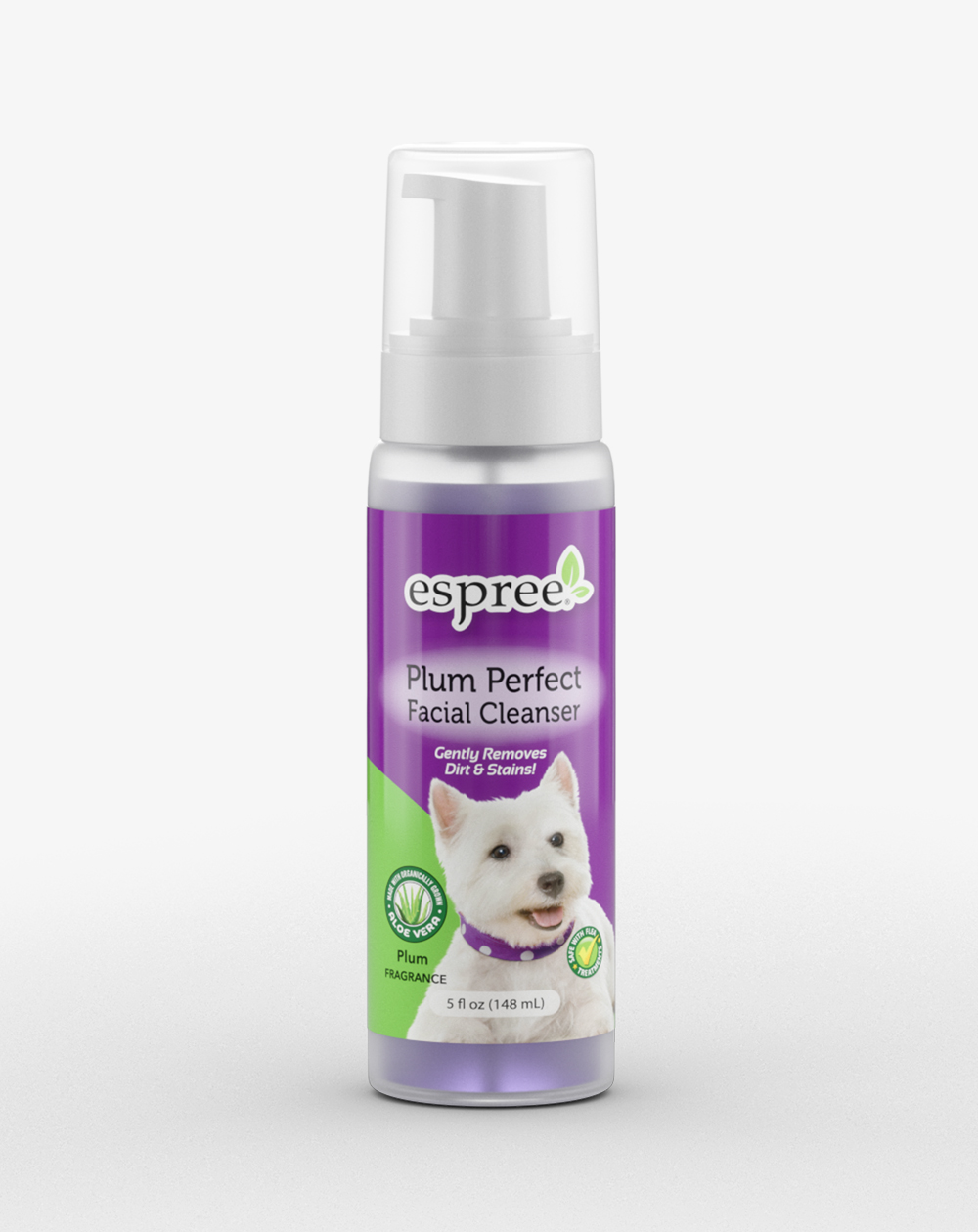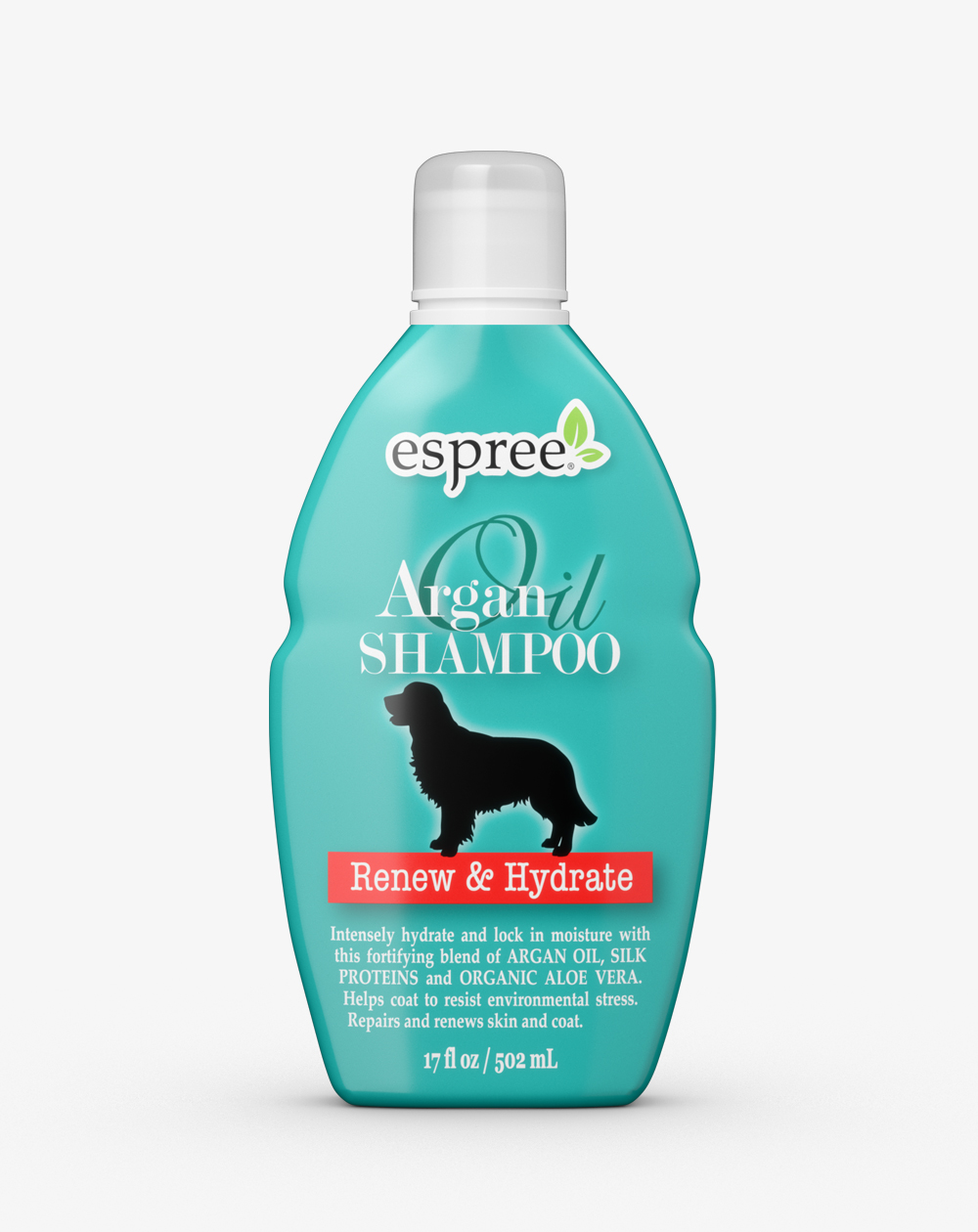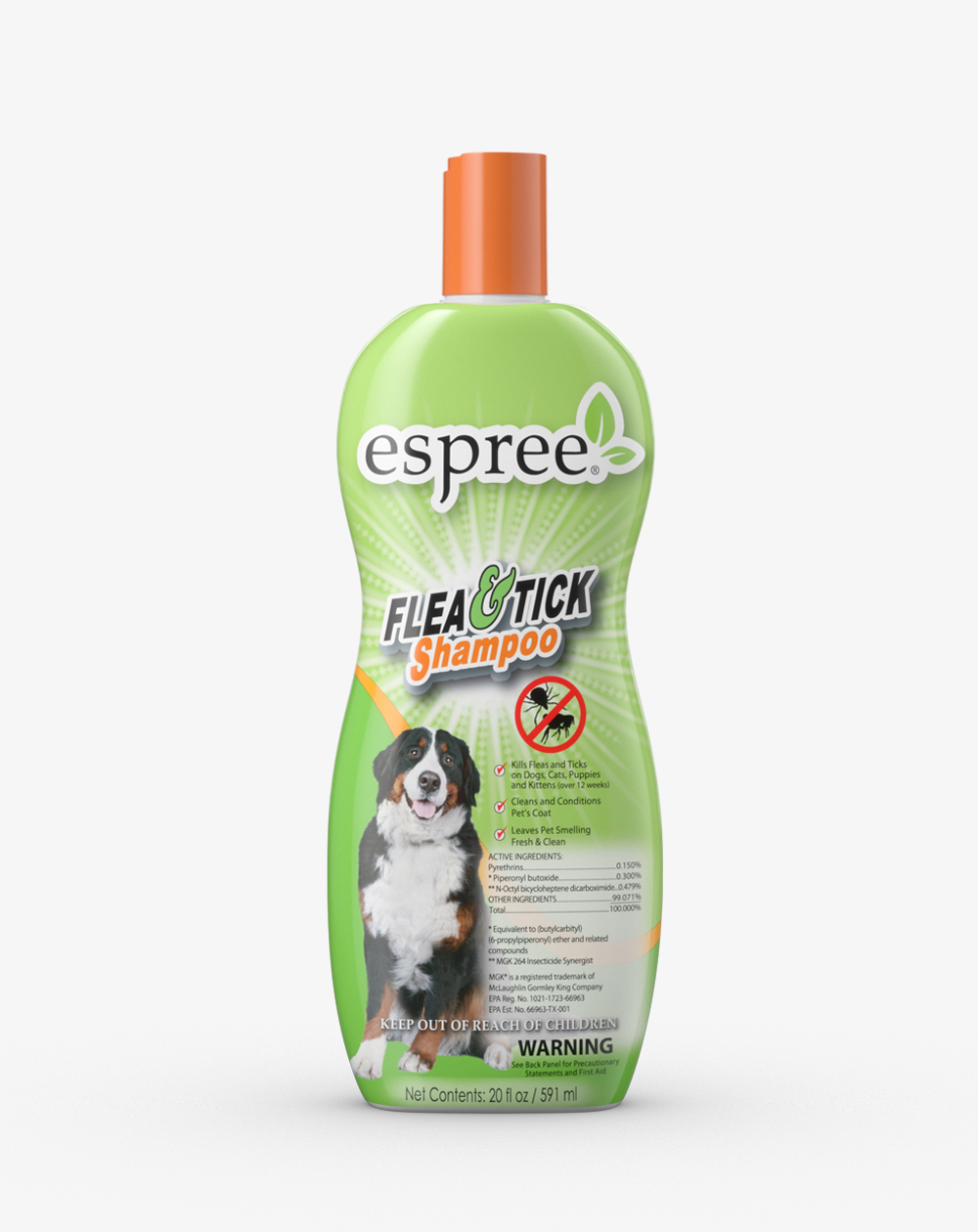
Bullmastiff
The Bullmastiff is a strong and powerfully built animal that possesses great intelligence and a willingness to please, making them ideal family companions and protectors. Although large, the breed remains both agile and active and is successful in conformation, obedience, agility, tracking, carting and therapy work. The Bullmastiff’s coat may be red, fawn or brindle.
Breed Profile
The Bullmastiff is fearless and confident yet remains docile and sweet-natured with his family. They are guardians of the home, but do not bark much, as silence was a virtue when guarding estates. Bullmastiffs are independent thinkers and may not respond to traditional obedience training. The breed does not require much exercise or grooming and can live happily in a house or apartment.
Grooming
The Bullmastiff does require regular bathing and grooming. This alert and intelligent dog can be bathed weekly up to every six to eight weeks depending on his activity level and lifestyle. With this short and densely coated breed, regular bathing is essential to minimize shedding and to maintain healthy skin and coat. Before bathing a Bullmastiff, it is recommended to go over the dog’s entire body with a high-velocity dryer to facilitate the removal of any loose coat, and to loosen any dirt and debris from this dense coat. If you do not have access to a high-velocity dryer, a slicker brush would be the next best option. Lightly card the coat to help accelerate shedding as well. Now, it’s bath time!
Finishing the Dog: Tools and Finish Grooming
The Bullmastiff should be bathed and groomed on a regular basis in order to keep the coat in prime condition and to minimize shedding. Shedding is a normal process and cannot be stopped. Regular baths and blow outs along with brushing will accelerate the shedding process. It is always beneficial to use a hydrating spray after the bath and drying process. This allows the skin and coat to lock in moisture in order to maintain perfect hydration. As a finishing touch, before using the hydrating spray, use a grooming mitt and message in a circular motion to stimulate the release of oils in addition to the removal of any loose hairs. Then finish with the hydrating spray.
General Health Care
Prep work is the foundation of all grooming. Prep work includes ear cleaning, nail trimming, anal glands, and proper dental hygiene. Mastering these skills sets the professional pet stylist apart from the rest. Prep work should be done before every bathing and grooming appointment. All dogs need to have their ears checked and cleaned on a regular basis. Proper nail care is also very important. Long, unsightly nails are uncomfortable for the dog, as well as anyone they might jump on. Long nails also compromise the shape of the foot. Trimming the pads of the foot helps give the dog good traction on different surfaces and can minimize the amount of dirt the dog tracks into the house. It also affords the opportunity to treat and condition the paws from cracks and abrasions. Anal glands should also be checked and expressed if they are full. Some caring pet owners prefer to have the anal glands done by their veterinarian. Good dental hygiene is essential for a healthy pet as well.
Nutritional Care
In order to maintain healthy skin and coat as well as overall health, it is important to provide good nutrition to your dog through a well-balanced diet, vitamins, and healthy treats.
Do they require a lot of grooming?
They require minimal grooming. Routine baths and brush outs are recommended to minimize shedding and keep the skin and coat in good condition.
What are the common problems in the Bullmastiff?
Some issues in the breed are more common are gastric torsion (bloat), cancer, kidney disease, and hypothyroidism.
Do Bullmastiff’s shed or cause allergies?
They do shed year around. Frequent baths and blow outs will help accelerate the shedding process and help keep the skin and coat in good condition.
Are Bullmastiff's good with children?
Bullmastiff’s are loving and affectionate toward family, and his calm demeanor makes him a good companion for older children. However, the breed is not recommended for toddlers because of its size.
What if I have a show dog?
Whether you have a show dog or a companion dog, the same basic care is given regarding nutrition, socialization, and hygiene. The difference is the conditioning of the dog and confirmation training. It is always quite helpful if your breeder can help mentor you to lead you in the right direction upon entering the wonderful world of dog shows. A great place to start is the American Bullmastiff Association, http://www.bullmastiff.us.www.bullmastiff.us.




